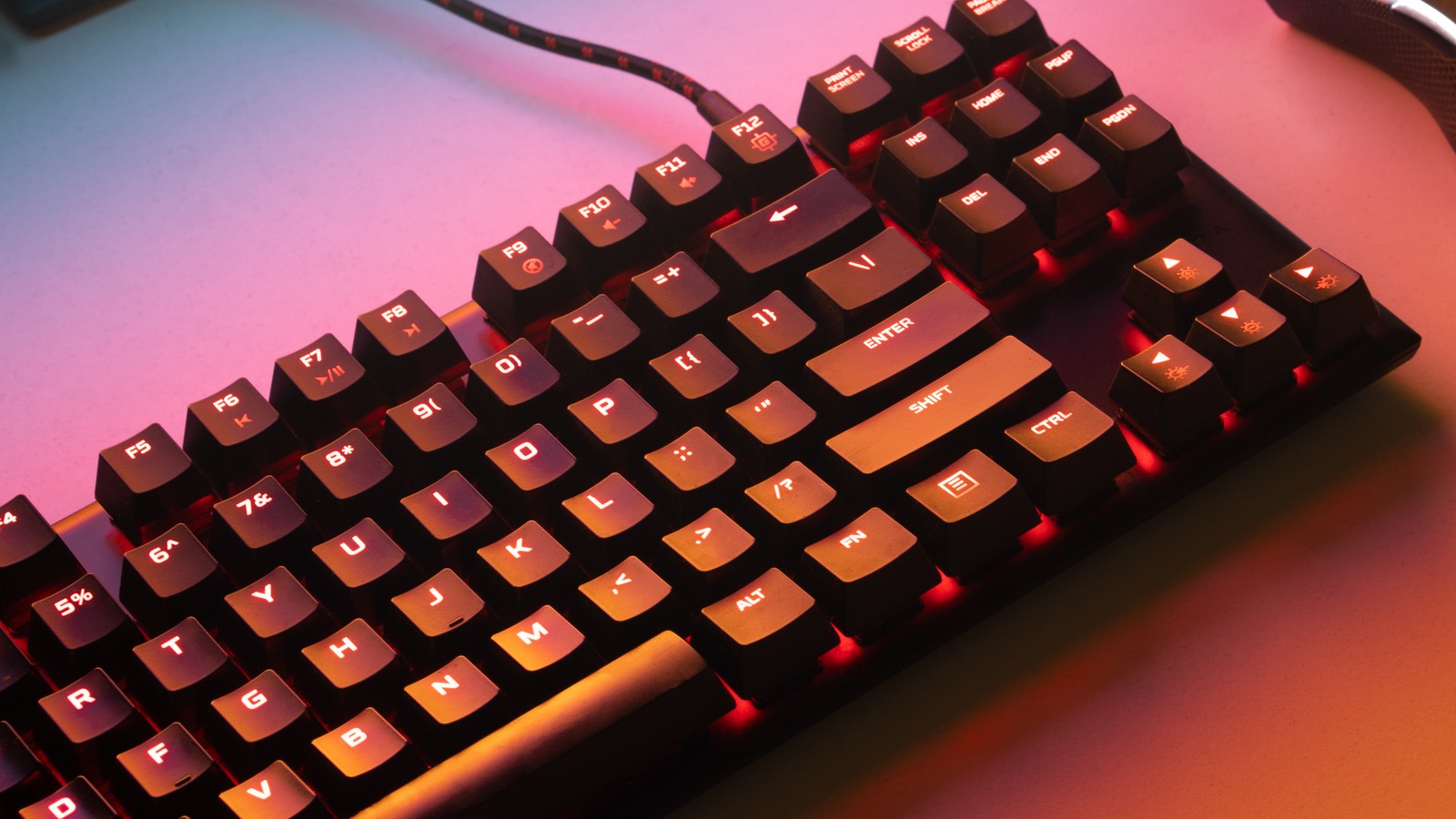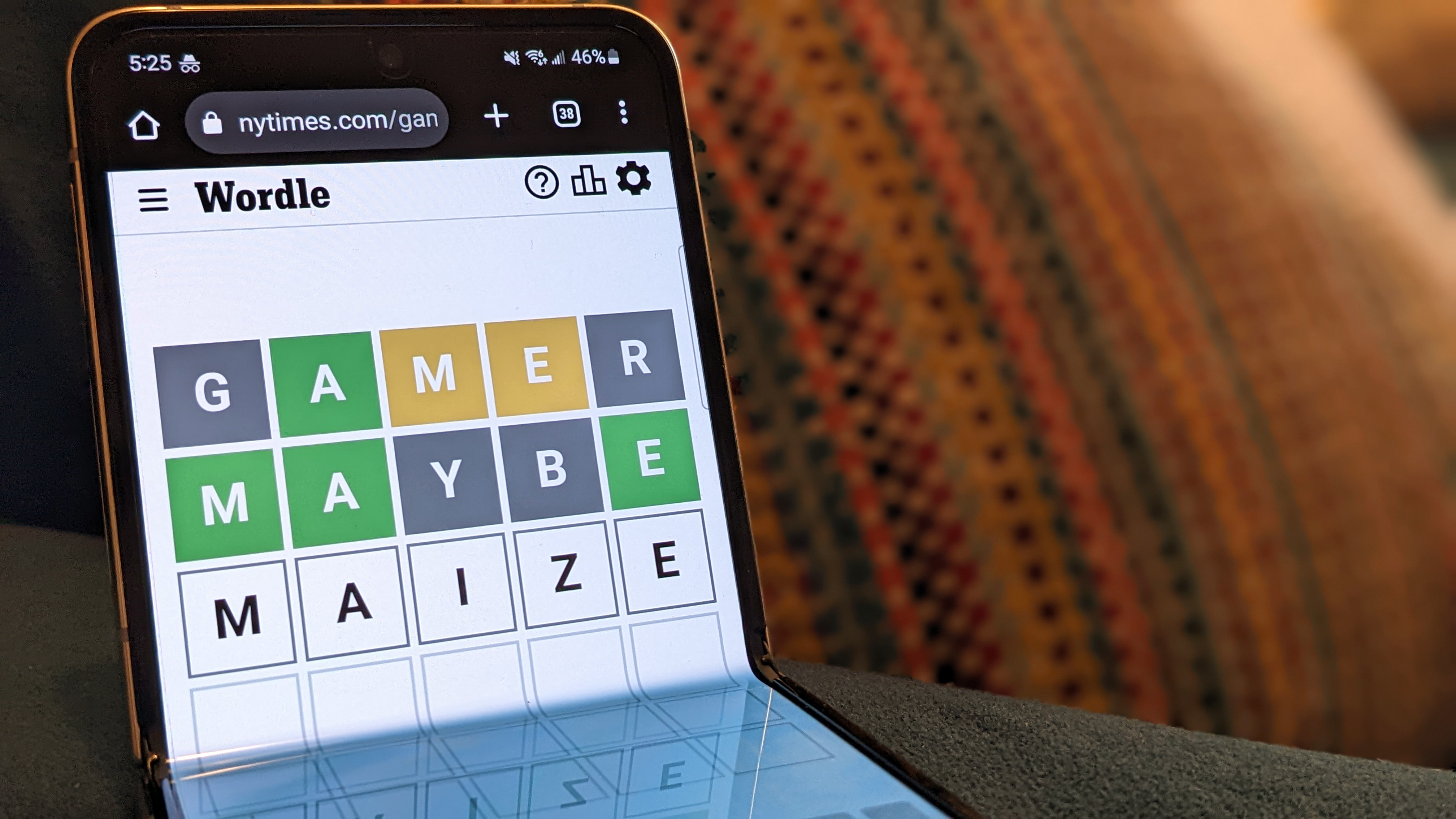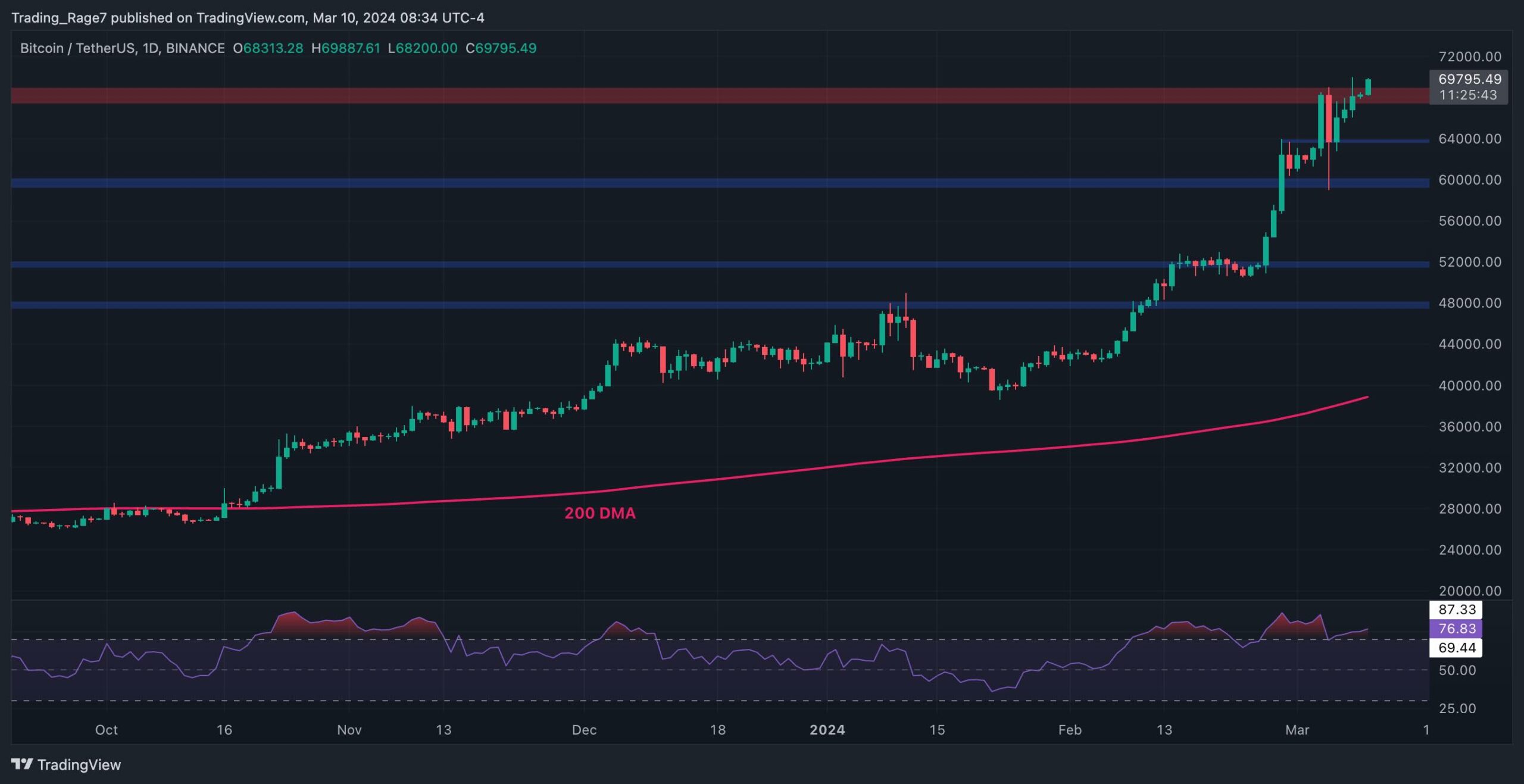Asus Zenfone 11 Ultra review: just another big phone
It’s bigger for sure, but is that really better? The Zenfone is everyone’s favorite small-ish Android phone, except this year, it’s not: the Zenfone has gone Ultra. Asus has adapted its gaming phone, the ROG Phone 8, into a normie phone. It’s big, heavy, and it costs $899. It’s entirely inoffensive if big phones are your thing (they aren’t mine, personally), but after a week of testing, I’m not seeing any compelling reason to pick it over any of the other big, heavy phones already on the table. It’s possible that Asus will release a smaller Zenfone 11 later this year, but the company won’t say one way or the other whether it plans to do that. The last great small-ish Android phone might be dead, or it might not be. In the meantime, another big Android phone just dropped — and it’s a fine device, but I’m not sure we needed it. Look, I get the appeal of a big phone. You know what a big phone has a lot of? Screen. Screen as far as the eye can see! The Zenfone 11 Ultra — again, like the ROG Phone 8 Pro — offers a 6.78-inch OLED panel. It can go up to 144Hz, but only in gaming mode. The rest of the time, it’ll go up to 120Hz or, since it’s an LTPO display, down as low as 1Hz to save on battery life. It’s only 1080p, though, so it’s not quite as crisp as its competitors with 1440p displays, like the OnePlus 12 and Samsung Galaxy S24 Plus. Big phones also come with big batteries, and I have zero complaints with the Zenfone 11 Ultra’s massive 5,500mAh battery. I easily got through a full day without dropping under 50 percent, and I’d feel reasonably confident stretching this battery to two days. It also supports wireless charging — not Qi2 though, just regular 15W Qi. More phone, more screen. Those are the rules. The Zenfone 11 Ultra uses a Snapdragon 8 Gen 3 chipset, the top-tier processor of choice for Android phone makers, and the base model comes with a beefy 12GB of memory and 256GB of storage. I doubt I pushed its gaming phone DNA to the limit with my Pocket City 2 sessions — designating commercial zones and adjusting income tax sliders is probably not what the Republic of Gamers had in mind — but the 11 Ultra handled every task I threw at it with ease. Like previous Zenfones, the 11 Ultra will work on AT&T and T-Mobile but not on Verizon. Hypothetically, you could use it on the Verizon network if you live in an area with good 5G coverage and you have a physical SIM card. Just theoretically speaking. This design doesn’t do it for me, but you know what does? The Zenfone’s IP68 rating. I definitely wouldn’t recommend it for full-time use, though, because you might see a worrying “No Service” notification pop up at the top of your screen every once in a while, and while texting and data work fine, placing phone calls seems to be a no-go. Sort of a crucial “telephone” feature. In the abstract, I like the Zenfone 11 Ultra’s design. Like, if I saw it in an ad in a design magazine, the cool blue finish and architectural camera bump would look kind of nice, you know? If I’m being honest, though, it’s not my favorite. Look, a headphone jack! They do exist! The black edges and camera bump seem out of step with the sleek, slightly matte back panel. But mainly, I’m annoyed at how heavy and dense it is. More than once, it slid out of my jacket pocket and into the crevice between the driver’s seat and center console with an alarming thud. I did not enjoy this one bit. Asus is keeping up with the times and includes a handful of AI features on the 11 Ultra, including a call translation feature that seems to work exactly like Samsung’s version. Nice to have, but the AI noise cancellation for calls is something that seems more broadly useful. It works both ways, cleaning up the audio for the listener and speaker — Google’s version for the Pixel only cancels out noise on the other end of the call so you’ll have an easier time hearing if they’re in a noisy environment. I couldn’t test it out because I’m on Verizon. AI features are great and all, but one thing that’s more important to most people? The camera. The Zenfone’s coolest camera trick remains its gimbal-like stabilization. During video recording, it smooths out bumps and movement incredibly well — and if you need proof that it’s really working, you can take a close look at the main camera lens to see it moving. There’s even a HyperSteady mode that corrects for bigger movements — violently shaking the camera back and forth just looks like moderate swaying. It crops in a lot, and you need plenty of light to use it, but it’s cool. Outside of video mode, the 11 Ultra looks pretty average. Portrait mode cutouts are surprisingly good, and the system chose shutter speeds fast enough to get plenty of sharp photos of my kid playing indoors. But the 11 Ultra’s cameras overall are a little inconsistent — auto white balance jumps around occasionally, and photos sometimes have a too-bright, overexposed look about them. Sometimes they don’t! But that’s the problem: inc
/cdn.vox-cdn.com/uploads/chorus_asset/file/25334616/DSC07053.jpg)
It’s bigger for sure, but is that really better?
The Zenfone is everyone’s favorite small-ish Android phone, except this year, it’s not: the Zenfone has gone Ultra.
Asus has adapted its gaming phone, the ROG Phone 8, into a normie phone. It’s big, heavy, and it costs $899. It’s entirely inoffensive if big phones are your thing (they aren’t mine, personally), but after a week of testing, I’m not seeing any compelling reason to pick it over any of the other big, heavy phones already on the table.
It’s possible that Asus will release a smaller Zenfone 11 later this year, but the company won’t say one way or the other whether it plans to do that. The last great small-ish Android phone might be dead, or it might not be. In the meantime, another big Android phone just dropped — and it’s a fine device, but I’m not sure we needed it.
Look, I get the appeal of a big phone. You know what a big phone has a lot of? Screen. Screen as far as the eye can see! The Zenfone 11 Ultra — again, like the ROG Phone 8 Pro — offers a 6.78-inch OLED panel. It can go up to 144Hz, but only in gaming mode. The rest of the time, it’ll go up to 120Hz or, since it’s an LTPO display, down as low as 1Hz to save on battery life. It’s only 1080p, though, so it’s not quite as crisp as its competitors with 1440p displays, like the OnePlus 12 and Samsung Galaxy S24 Plus.
Big phones also come with big batteries, and I have zero complaints with the Zenfone 11 Ultra’s massive 5,500mAh battery. I easily got through a full day without dropping under 50 percent, and I’d feel reasonably confident stretching this battery to two days. It also supports wireless charging — not Qi2 though, just regular 15W Qi.
/cdn.vox-cdn.com/uploads/chorus_asset/file/25334617/DSC07066.jpg)
The Zenfone 11 Ultra uses a Snapdragon 8 Gen 3 chipset, the top-tier processor of choice for Android phone makers, and the base model comes with a beefy 12GB of memory and 256GB of storage. I doubt I pushed its gaming phone DNA to the limit with my Pocket City 2 sessions — designating commercial zones and adjusting income tax sliders is probably not what the Republic of Gamers had in mind — but the 11 Ultra handled every task I threw at it with ease.
Like previous Zenfones, the 11 Ultra will work on AT&T and T-Mobile but not on Verizon. Hypothetically, you could use it on the Verizon network if you live in an area with good 5G coverage and you have a physical SIM card. Just theoretically speaking.
/cdn.vox-cdn.com/uploads/chorus_asset/file/25334618/DSC07077.jpg)
I definitely wouldn’t recommend it for full-time use, though, because you might see a worrying “No Service” notification pop up at the top of your screen every once in a while, and while texting and data work fine, placing phone calls seems to be a no-go. Sort of a crucial “telephone” feature.
In the abstract, I like the Zenfone 11 Ultra’s design. Like, if I saw it in an ad in a design magazine, the cool blue finish and architectural camera bump would look kind of nice, you know? If I’m being honest, though, it’s not my favorite.
/cdn.vox-cdn.com/uploads/chorus_asset/file/25334621/DSC07086.jpg)
The black edges and camera bump seem out of step with the sleek, slightly matte back panel. But mainly, I’m annoyed at how heavy and dense it is. More than once, it slid out of my jacket pocket and into the crevice between the driver’s seat and center console with an alarming thud. I did not enjoy this one bit.
Asus is keeping up with the times and includes a handful of AI features on the 11 Ultra, including a call translation feature that seems to work exactly like Samsung’s version. Nice to have, but the AI noise cancellation for calls is something that seems more broadly useful. It works both ways, cleaning up the audio for the listener and speaker — Google’s version for the Pixel only cancels out noise on the other end of the call so you’ll have an easier time hearing if they’re in a noisy environment. I couldn’t test it out because I’m on Verizon.
AI features are great and all, but one thing that’s more important to most people? The camera. The Zenfone’s coolest camera trick remains its gimbal-like stabilization. During video recording, it smooths out bumps and movement incredibly well — and if you need proof that it’s really working, you can take a close look at the main camera lens to see it moving.
There’s even a HyperSteady mode that corrects for bigger movements — violently shaking the camera back and forth just looks like moderate swaying. It crops in a lot, and you need plenty of light to use it, but it’s cool.
Outside of video mode, the 11 Ultra looks pretty average. Portrait mode cutouts are surprisingly good, and the system chose shutter speeds fast enough to get plenty of sharp photos of my kid playing indoors. But the 11 Ultra’s cameras overall are a little inconsistent — auto white balance jumps around occasionally, and photos sometimes have a too-bright, overexposed look about them. Sometimes they don’t! But that’s the problem: inconsistency.
/cdn.vox-cdn.com/uploads/chorus_asset/file/25334622/DSC07091.jpg)
It’s Big Android Phone season, because the Zenfone 11 Ultra arrives on the heels of the Samsung Galaxy S24 Plus, the S24 Ultra, and the OnePlus 12. They all use the same chipset (well, provided you buy the S24 Plus in the US) and not-a-one of them has a screen smaller than 6.7 inches. I can clearly recommend three out of four of these phones, but the Zenfone, I’m just not sure about.
The Galaxy S24 Ultra is the obvious pick for someone who wants the absolute most out of their phone. The $799 OnePlus 12 is the right choice if you want a big screen and want to spend a little less. For everyone else, there’s the Galaxy S24 Plus — the crowd-pleaser that’s readily available with trade-in and carrier deals galore. The Zenfone just doesn’t earn a clear space for itself here.
Maybe if it had an outstanding camera or it had better network support in the US or, I don’t know, a thoughtful form factor unlike anything else on the market. The Zenfone 11 Ultra does plenty of things well but isn’t great in any one way. As it stands, it’s just one more big phone.
Photography by Allison Johnson / The Verge
What's Your Reaction?

















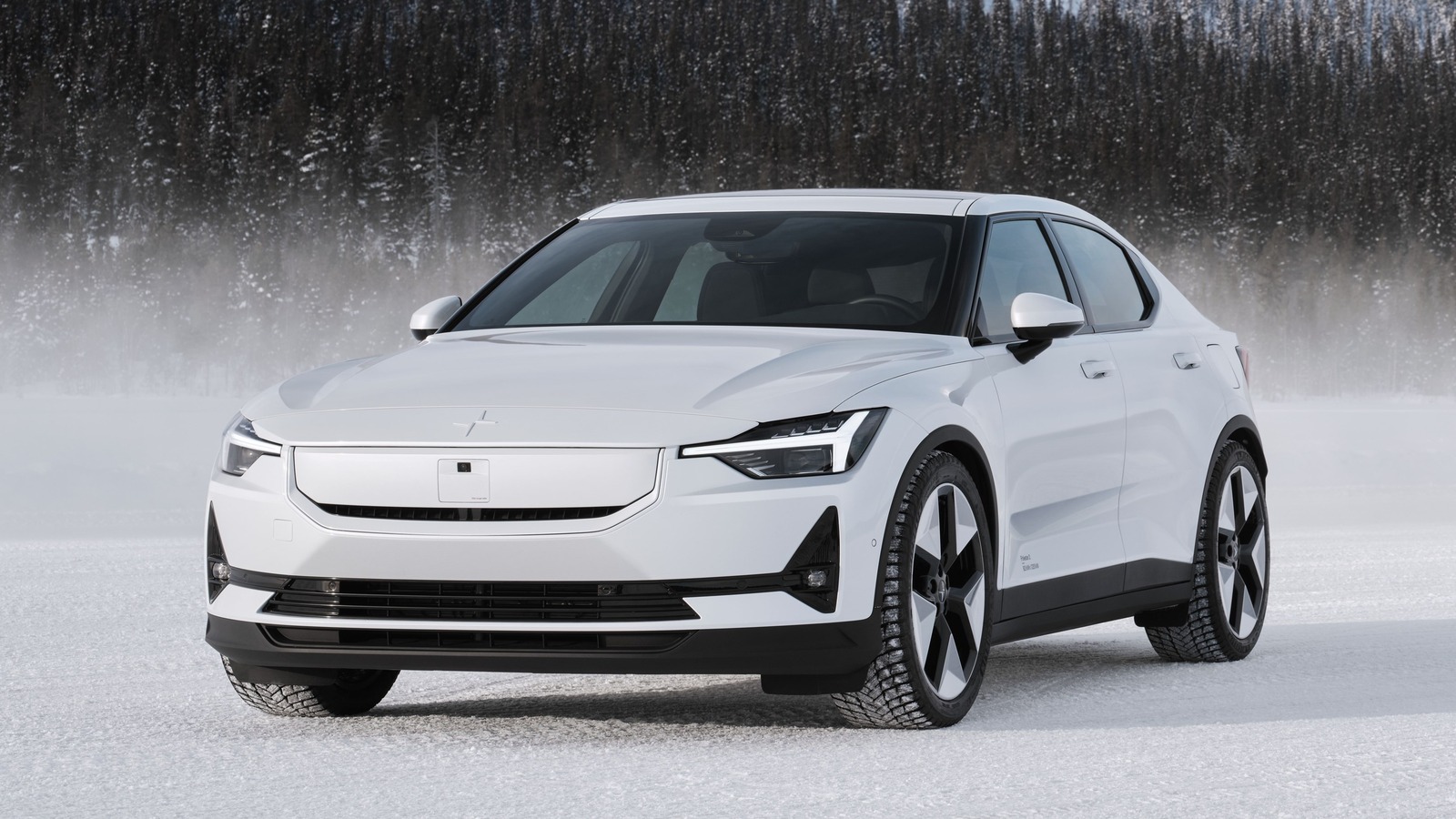
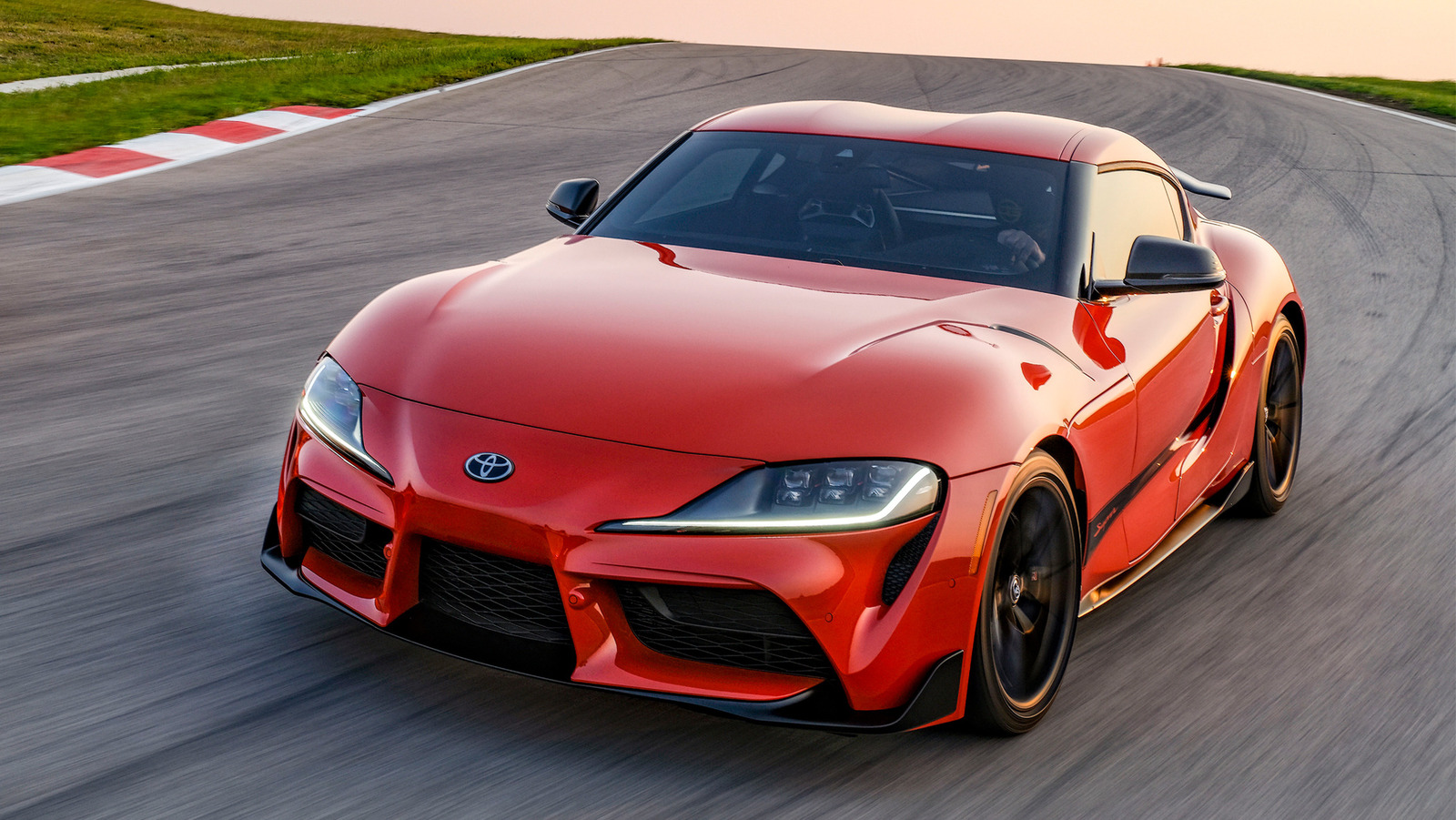
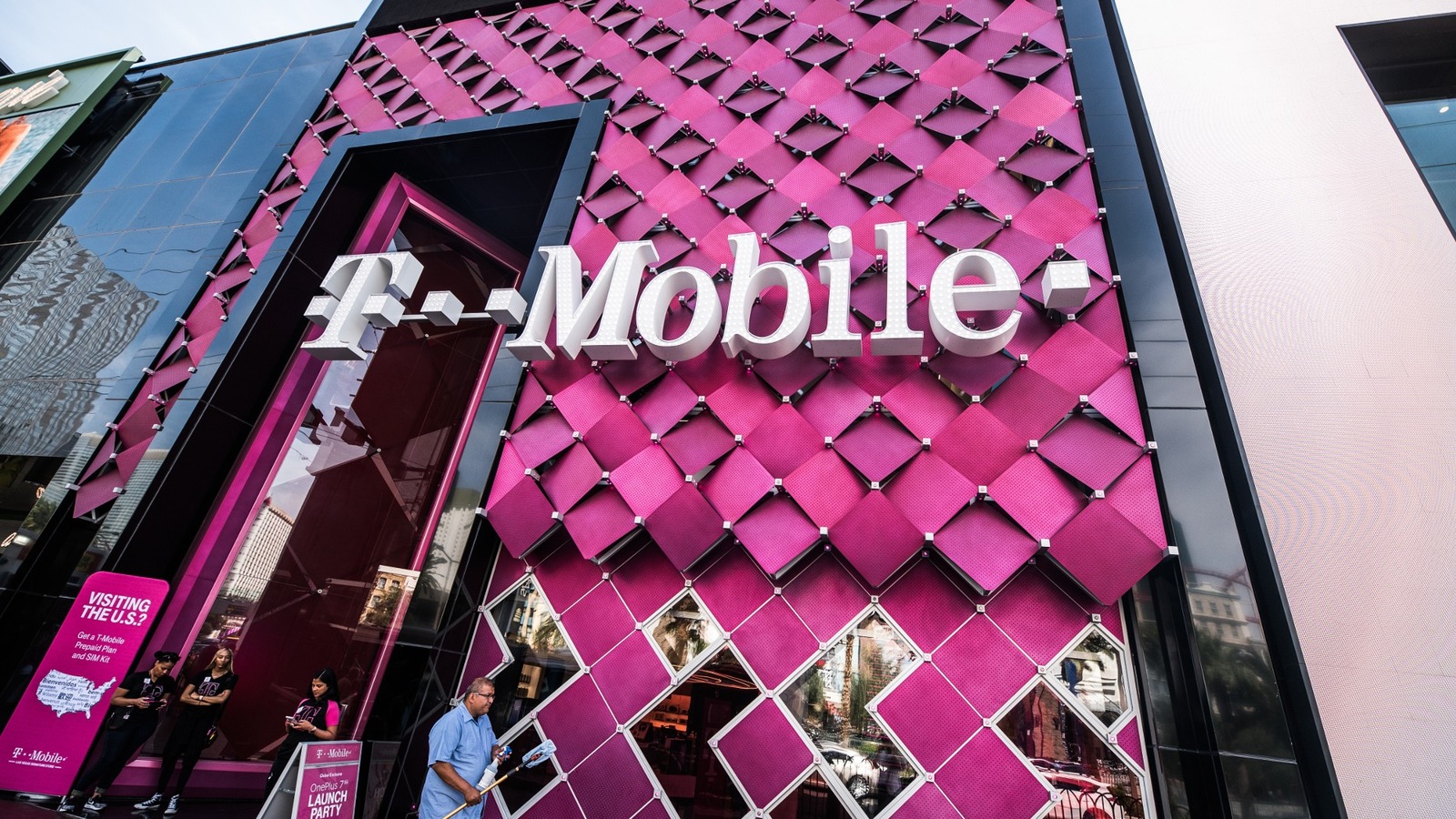
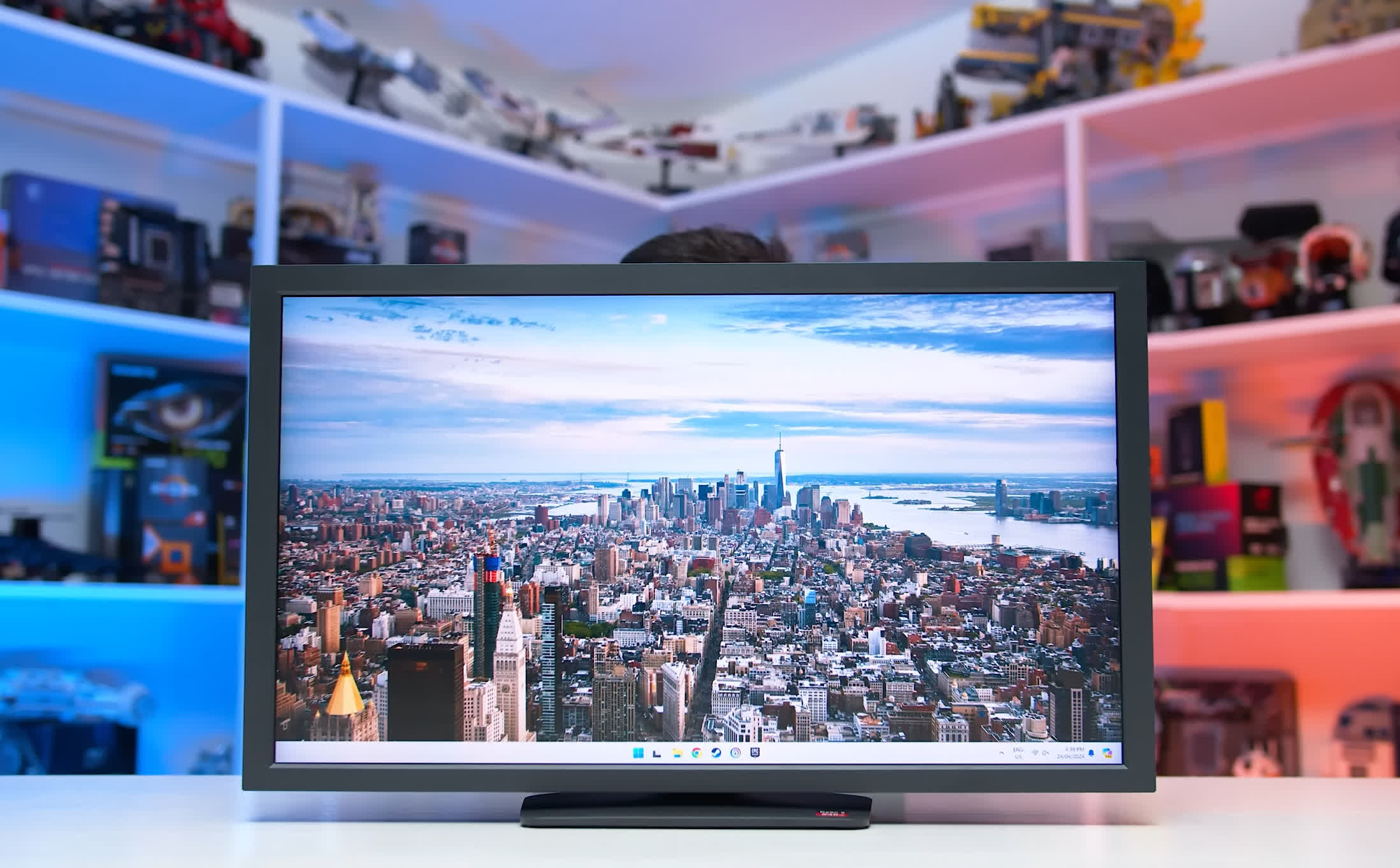
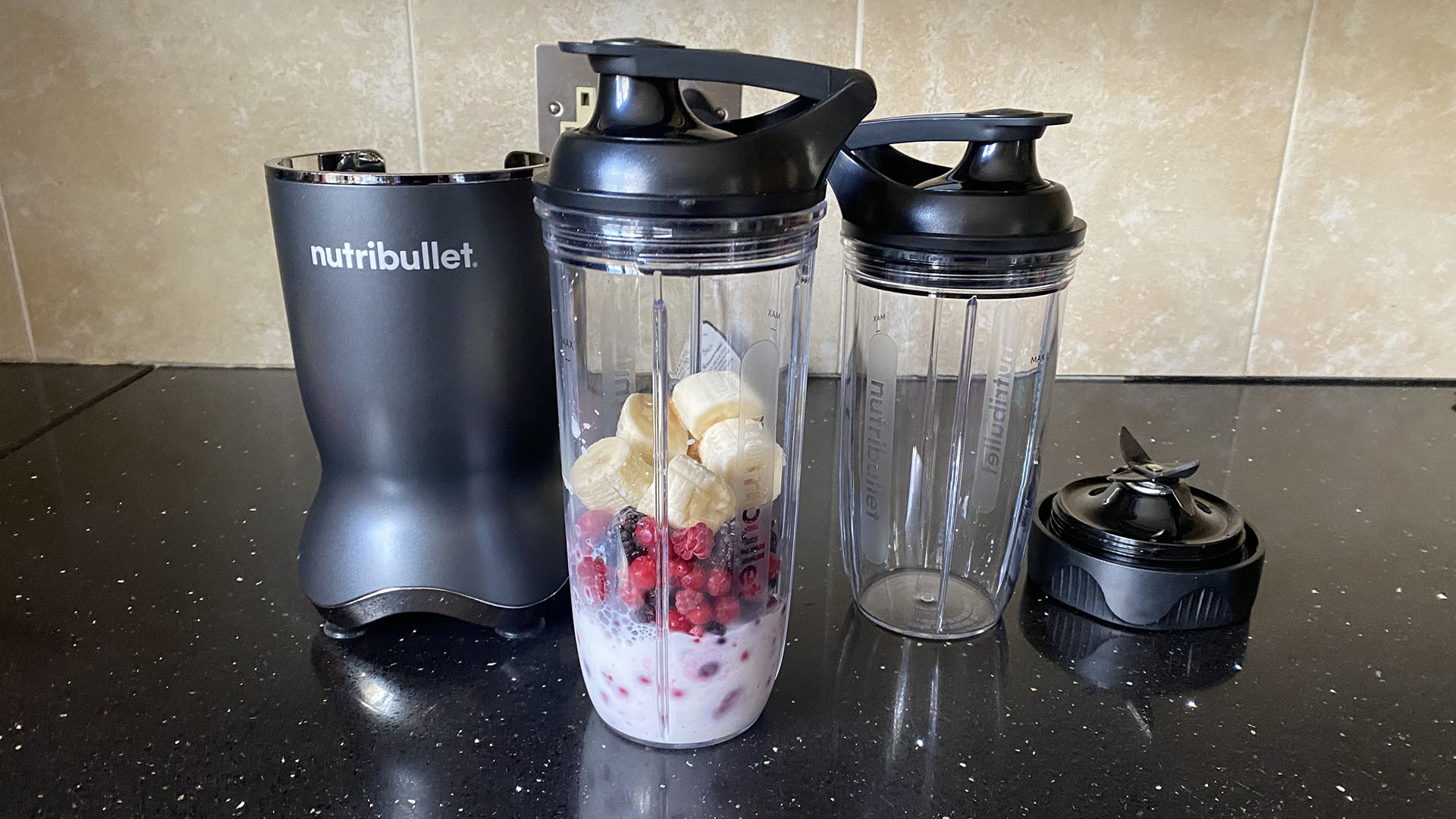






/cdn.vox-cdn.com/uploads/chorus_asset/file/25287583/DSC06615.jpg)
